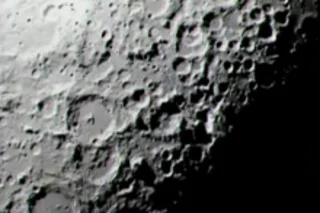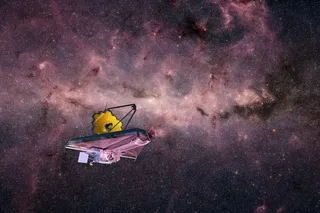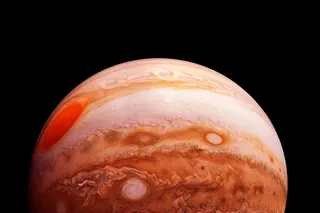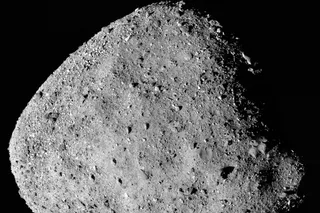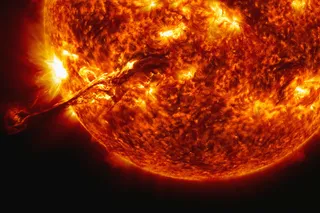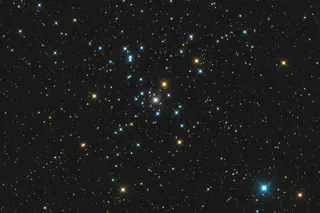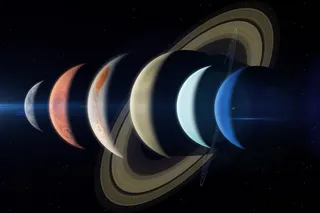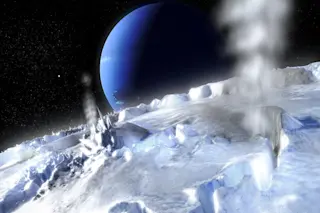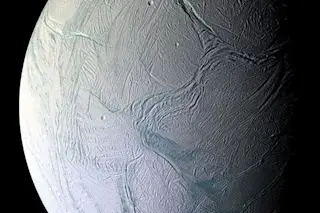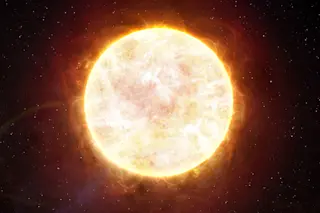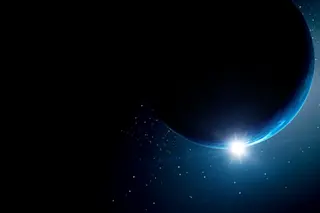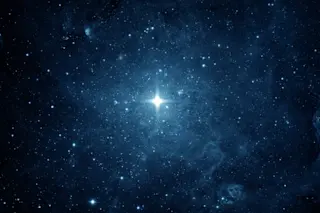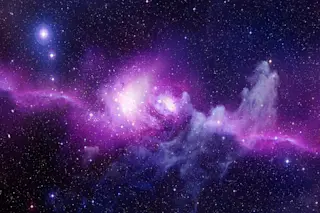NASA successfully crashed two objects into the moon early this morning, in an attempt to kick up the dust so it could be checked for traces of water ice. At 7:31 a.m. EST, an empty rocket hull plummeted towards the surface at 1.5 miles per second and plowed into a crater near the moon's south pole, where it was expected to create a mini-crater half the size of an Olympic swimming pool. It was trailed by the LCROSS probe, which was supposed to take pictures of the first impact, fly through the dust plume, and then crash into the moon itself. According to early reports, the whole procedure went fine--except for one of the flashier details. The live feed of images that LCROSS was supposed to beam back to Earth--and that earthlings were waiting for with baited breath--didn't arrive on schedule.
Screens got fuzz and no immediate pictures of the ...


